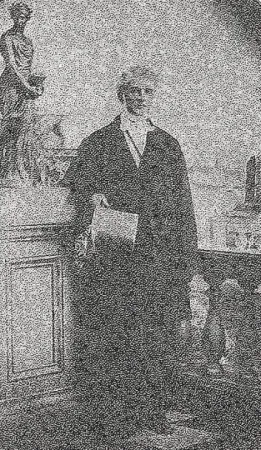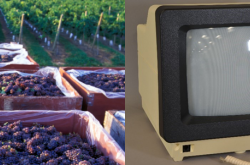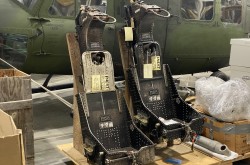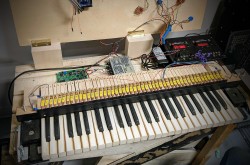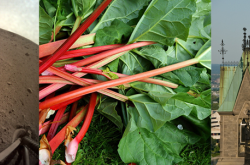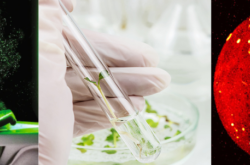Foghorn
This article was originally written and submitted as part of a Canada 150 Project, the Innovation Storybook, to crowdsource stories of Canadian innovation with partners across Canada. The content has since been migrated to Ingenium’s Channel, a digital hub featuring curated content related to science, technology and innovation.
The coded voice of danger.
The lower the frequency of a musical note, the farther that note can be heard. Simple physics. Robert Foulis grasped this fact for himself one foggy evening in his home of Saint John, New Brunswick, in 1853. Walking toward his house, he heard his daughter playing the piano. As the notes drifted on the night air, he noticed he could hear the lowest notes clearest. Well aware of the dangers of fog to shipping, Robert put his personal discovery to good use. Knowing that lighthouses can’t warn sailors when their beams cannot be seen, he devised the steam foghorn – a megaphone designed to blast a coded set of low-frequency notes to warn mariners of particular dangers close to shore. foulis shared his innovation with provincial lawmakers not long after, the first foghorn was installed near his home at the Partridge Island lighthouse, from which its coded voice of danger would be heard for nearly 150 years. Although Foulis never patented nor profited from his innovation, fogbound mariners to this day keep their ears cocked for the welcome sound of his life-saving idea.


